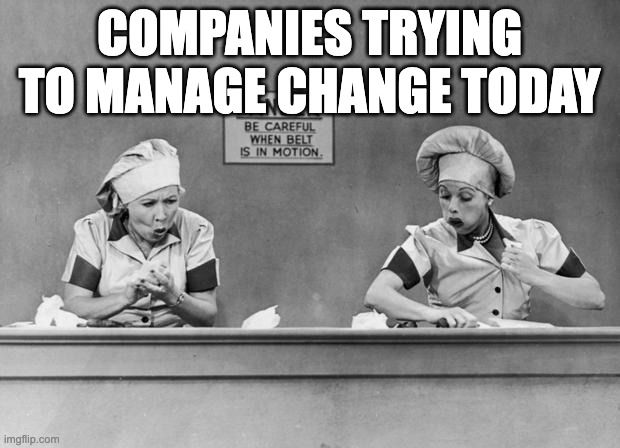The Elegant Organization
- Rob Caldera
- Jul 9, 2018
- 3 min read
Spooky action, super-connectivity, and the fabric of organizational reality
“Quantum Mechanics is different. Its weirdness is evident without comparison…..quantum mechanics shatters our own personal, individual conception of reality.”
- Brian Greene, Author of The Elegant Universe

Einstein called quantum entanglement “spooky action at a distance” for the way pairs of entangled particles influence one another no matter how far apart they are (their quantum states are always correlated). With the way modern communications and social media in particular have shrunk the world, a person's or group’s action in one part of the globe can quickly and easily influence the actions of others in another part. You might call it “social entanglement”.
We’ve seen the impact of this communication revolution on society (both good and bad) but not so much in business, with respect to how companies operate internally. Many organizations are still notoriously slow to respond to “stimuli”. For a while, the Social Business fad (using social networking tools internally; sometimes also called social collaboration) promised a cure-all to change the way companies worked: improving communications, collaboration, knowledge sharing and more.
What got lost in all the buzz (and I was as guilty as anyone else) was that Social Business was only part of the picture. While it did have tremendous potential in what it could offer, a much broader mindset shift, including other programs and new ways of working to support and complement social collaboration, was needed for businesses to truly benefit.
Perhaps, that’s why the buzz turned to the Future of Work after the Social Business craze lost steam – the topic took a much more comprehensive look at how companies needed to change (not to mention it also had an edgy, mysterious ring to it).
In my previous post, I talked about how Future of Work initiatives should focus more on how organizations need to become adaptive and change-ready. The future is coming fast and it’s coming often, meaning there isn’t just one big change companies will need to adapt to in order to be “future-proof”. A multi-dimensional layer of complex external forces (from A.I. to Climate Change to much more) are bearing down on today’s companies. The only way organizations will survive this tsunami of change is if they learn to turn on a dime, becoming nimble and responsive no matter how large.
In other words, organizations are going to have to behave as if they’re built from entangled particles, where one group can react in real-time to something that happens across the organization in an almost instinctual manner. It means being interconnected in a way that’s unprecedented for organizations today.
A common analogy for this level of organizational connectivity is a spider-web. However, in the spirit of this social entanglement theme I’ll go one step further and use the term “Philotic Web” as the analogy. Granted, it’s a made up term by science fiction author Orson Scott Card, but in short it means that everything in the universe is connected on a subatomic level, allowing for instantaneous communication anywhere. The point is to simply emphasize that a truly connected company is built on a network of people who can exercise individual discretion as needed (without being impeded by a chain of command) but which can also act instinctively and quickly as one unit.
What may appear to an outsider as an automatic response, would actually be a complex reaction built upon a foundation of seamless, continuous, instantaneous (as well as asynchronous) communication, collaboration, knowledge sharing, and learning, enacted by people for whom traits like adaptive leadership, resiliency, and autonomy have become second nature. The intersection of these capabilities and more, as shown in the Venn diagram above, is what I’m calling social entanglement.
How can organizations move towards this state of entanglement?
There is no one-size-fits-all solution to do this. There are, however, various approaches and innovative programs that when combined (and customized) can begin to move companies in that direction. I’ll explore these paths in a series of blog posts to follow.






Comments